Are you thinking about creating an online course but feeling overwhelmed by how much time it might take?
You’re not alone!
The entire process, from outlining your content to recording lessons, editing footage, and finally publishing everything, can seem incredibly daunting when you’re just starting out.
Here’s something I want you to understand: creating a successful online course isn’t about how quickly you can rush through it. Instead, it’s all about having the right structure and approach from the very beginning.
Let me walk you through everything you need to know about course creation timelines.
Why timing matters when you’re creating your first course
Many new course creators fall into the trap of thinking that more content automatically equals more value for their students.
I’m here to tell you that this simply isn’t true, and this mindset can actually hurt your success.
What truly matters is getting your course out into the world where real people can experience it and give you feedback.
You see, most of the delays that creators experience aren’t actually due to perfectionism or wanting to create something amazing. Instead, they’re rooted in fear and uncertainty.
When you spend months trying to “perfect” your course before anyone has even seen it, you’re often just procrastinating in disguise. This kind of endless tweaking prevents you from learning what actually works and what doesn’t.

This is exactly why I recommend that your first course should be what I call a Minimum Viable Course.
You want to cover just the essential elements that your students need to get results.
Create enough content to test your idea, validate that there’s real interest, and gather genuine feedback from actual users.
Remember this: done is always better than perfect, especially when your course hasn’t even been launched yet. You can’t improve something that doesn’t exist.
👉 If you need help understanding what should be included in a Minimum Viable Course, I’ve created a detailed blueprint for turning your services into courses that walks you through this exact process.
👉 Not sure how to structure a lean course that actually gets results? Take a look at my complete guide on structuring online courses for better completion rates.
The strategy is simple: start with something manageable, ship it to real people, and then improve it based on what you learn. But first, you absolutely have to get it out there.
Understanding the key phases of course creation
Creating an online course might seem like one massive, overwhelming task, but when you break it down properly, it’s actually a series of smaller, much more manageable steps that anyone can handle.
Here’s how the entire process looks when you examine it phase by phase.
Choosing the right course idea

Everything starts with getting crystal clear on what you want to teach.
Finding an idea that people actually want to learn, and that you feel confident teaching, will solve about half of your challenges before you even begin creating content.
If you’re feeling stuck on this crucial first step, I recommend checking out this guide on finding profitable online course ideas that includes practical validation techniques to help you confirm your idea before you invest time creating it.
Outlining your content structure

Once you’ve locked in your topic and validated that people want it, the next step is mapping out your content in a way that keeps you focused and on track.
You don’t need anything fancy for this part – a simple Google Doc or basic mind map will work perfectly well.
Here’s what’s important: don’t try to write word-for-word scripts for every single lesson at this stage. Instead, focus your energy on creating a logical flow that makes sense to your students.
You want to design something that keeps them engaged and moving forward without you overbuilding or overwhelming them with too much information, as outlined in my guide on structuring online courses so your students stay engaged without you overbuilding.
Recording your lessons

This is the phase where many new creators completely freeze up, and I totally understand why.
The good news is that you don’t need a professional studio setup to create high-quality content that your students will love.
All you really need is a decent microphone, a quiet room where you won’t be interrupted, and simple tools like Loom or Zoom to capture your screen and voice. That’s honestly enough to get started and create something valuable.
If you want to upgrade your setup as you grow, I’ve written helpful posts about course creation hardware that reduces friction and the best software options for course recording. But don’t let equipment research become another form of procrastination.
Editing and uploading your content
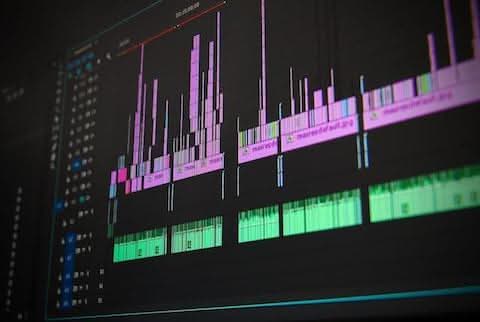
When you’re just starting out, I want you to keep your editing as minimal as possible.
Your goal should be to cut out obvious mistakes and awkward pauses, but leave in the natural, human elements that actually build trust with your audience.
Tools like Descript can significantly speed up this process and make editing feel much less overwhelming than traditional video editing software.
When it comes time to choose where you’ll host your course, take some time to compare different platforms before you commit to one.
You might want to explore options like Teachable or Kajabi, or you can dive into this comprehensive comparison of 25+ best online course platforms to find the perfect fit for your needs.
Launching your course to the world

This is where the real magic happens, and it’s often the most exciting part of the entire process.
Even if you’re planning just a small beta launch with a handful of students, this step is absolutely crucial for building momentum and getting real-world feedback.
If the thought of actually selling your course feels overwhelming or scary, I’ve created a complete guide on how to sell courses using webinars that provides step-by-step strategies to make the process much more manageable.
The beautiful thing about breaking course creation into these distinct phases is that each one can be completed in small, focused work sessions.
The most important thing is to keep moving forward consistently rather than getting stuck trying to perfect one step before you move on to the next.
Understanding the factors that affect your timeline
There’s absolutely no one-size-fits-all answer to how long creating a course takes, and that’s because the timeline depends heavily on your specific approach and goals.
One of the biggest factors that will impact your timeline is whether you’re choosing to lead with community building or content creation as your primary strategy.
Many successful creators today are embracing what’s called a community-first approach, often using platforms like Skool to build engaged audiences around their expertise.
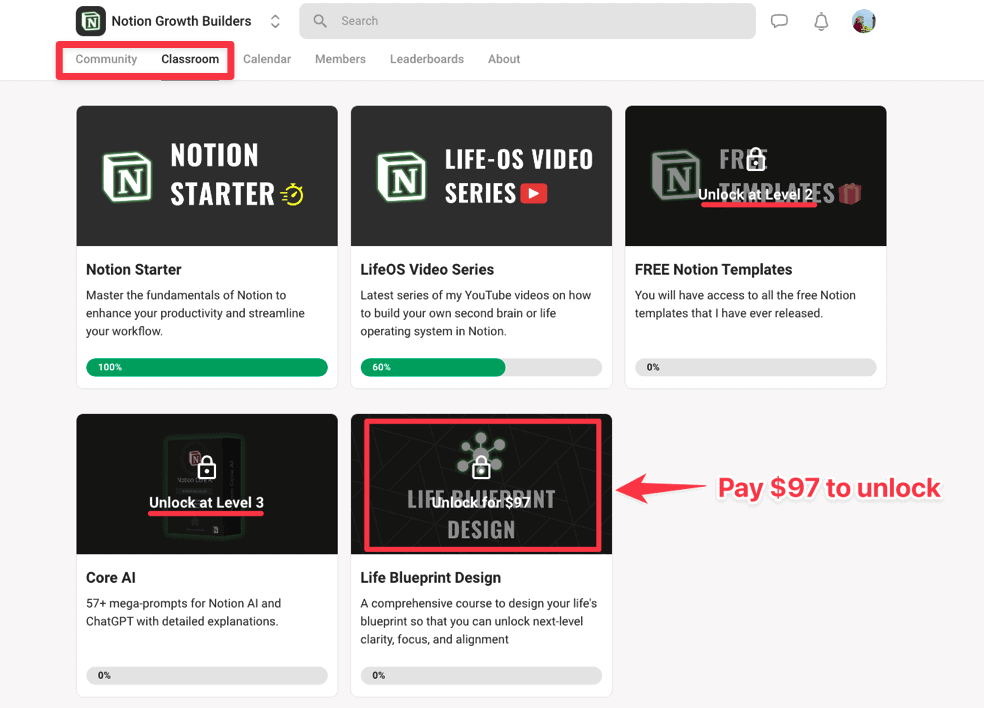
In this model, your course content can be much leaner than you might expect.
You might create just a few focused modules that work as a starter kit or framework to support the discussions happening in your community.
This approach is faster to build and keeps your content dynamic and responsive to what your community actually needs.
If this community-first strategy sounds good to you, check out this detailed post on how to grow your Skool community.
On the flip side, if you’re taking the course-first route, you’ll need more time upfront to create a complete standalone experience.
This means significantly more time outlining comprehensive content, recording multiple modules, editing everything properly, and polishing the entire experience before launch.
This approach takes much longer, especially if you’re creating multiple in-depth modules or building a full signature program for complete transformation.
Several other important factors will also affect your timeline:
- Your comfort level with technology: New to recording tools or editing software? Expect some extra learning time. Don’t worry – this learning curve is normal and temporary.
- The length and depth of your course: A focused 3-module course solving one problem is much different from creating a 10-module masterclass covering an entire transformation journey.
- Whether you’re working alone or getting help: Outsourcing video editing, design, or script writing can save dozens of hours and let you focus on your strengths.
- Decision fatigue and analysis paralysis: Endless research comparing platforms, tools, or formats wastes weeks of time. Avoid this by setting clear deadlines for your decisions early on.
👉 The clearer you are about your goals and the more structured your approach, the faster you’ll be able to build something valuable. Success isn’t just about managing your time effectively, it’s maintaining consistent momentum throughout the process.
How long does it take to create a short course vs. a full-length course

Not all online courses need the same time investment. Understanding this difference helps you choose the right approach.
A short course focusing on one specific outcome can be created in a single weekend with strategic planning. These are perfect for quickly launching something valuable.
Think about creating 3-5 focused lessons that you can:
- Record in one sitting
- Edit lightly
- Publish on a simple platform
Many successful creators use this short format as a “starter course.” They price it affordably to validate interest or offer it as a lead magnet.
Based on feedback and results, they can improve and iterate their offering.
Some take this further by expanding their short course into a premium offering after proving the concept works. For ongoing revenue strategies, read this post about how to make your course evergreen.
A full-length course providing complete transformation typically takes 4-8 weeks to create when working part-time.
This longer timeline includes:
- Outlining detailed content
- Recording multiple modules
- Designing supplementary materials
- Creating a polished experience
👉 Here’s the key insight: don’t start with the biggest, most comprehensive course you can imagine. Start small, ship it quickly, and then build on what actually works based on real feedback from real students.
Let your audience guide how deep your course becomes, rather than trying to predict everything before you’ve started teaching.
Realistic timelines: What you should expect as a first-time creator
When creating your first course, realistic timelines aren’t about counting available hours. It’s about using those hours effectively and setting proper expectations.
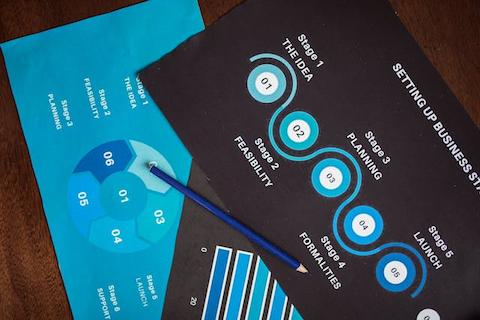
Here’s a practical breakdown based on approaches that successful creators have used:
The focused 2-week sprint
Perfect for MVPs, lead magnets, or community-first courses that don’t need to be comprehensive.
If you’re creating a short course with 3-5 lessons solving one specific problem, you can finish everything within two weeks while maintaining quality.
This includes:
- A few focused hours outlining content
- One or two full days recording all lessons
- Light editing to clean everything up
Platforms like Skool or Teachable make uploading and launching surprisingly fast.
This approach is ideal for validating ideas quickly or building momentum with your existing audience.
The comprehensive 1-month plan
This timeline is the sweet spot for building foundational evergreen courses or launching your first significant offering.
One month gives you enough time to properly:
- Outline your complete framework and teaching methodology
- Record 5 to 8 substantial core modules that build on each other
- Edit your content thoughtfully and add simple visuals or slides that enhance learning
- Build out a professional landing page or sales funnel that converts visitors into students
To make this timeline work, follow a structured workflow that maintains consistent progress.
Save time by batching similar tasks and using tools like ChatGPT to help with outlines and scripts.
If you’re making your course evergreen, start with something manageable and improve it based on student feedback. You can always revisit this guide on how to update your online course easily once you have real data about what works.
The thorough 3-month deep dive
This timeline works best if you’re building a high-ticket signature program or a comprehensive transformation offer that includes multiple layers of value.
When you choose this 3-month route, you’re not just creating course content.
You’re investing significant time in:
- Building your audience
- Testing your messaging with real people
- Often pre-selling your course before it’s even finished
Many creators who choose this timeline are going through their own business transition – perhaps refining their niche or moving from 1-on-1 services to scalable 1-to-many programs.
If this describes your situation, explore my detailed blueprint for turning your service business into an online course. It covers all the strategic thinking needed for a successful transition.
👉 Regardless of which timeline you pick, what matters most is consistent progress. A completed course helping real students is infinitely more valuable than a “perfect” course that never launches.
Common time-wasting mistakes that you need to avoid
Most first-time course creators don’t get stuck from lack of motivation.
They get stuck because they do the wrong activities at the wrong times – or try doing everything at once without a clear strategy.
Here are the most common traps I see creators fall into:
- Starting to create content without a solid plan: Recording without structure leads to bloated, confusing content that loses students. Instead, start with a clear framework defining specific outcomes, then reverse-engineer the steps. Need help? Check out this post on crafting effective learning experiences.
- Skipping the human feedback stage entirely: Creating in isolation means guessing what your audience wants, causing hours of rework. Share draft lessons with potential students even if it feels uncomfortable. Their insights will strengthen your product and save you from uncertainty.
- Chasing perfection before validating your concept: Fine-tuning slides, lighting, or minor details before anyone experiences your course wastes time. You can only get meaningful feedback after people go through your content. Launch something good enough first, then improve based on actual usage data.
- Prioritizing fancy production over clear messaging: Expensive equipment won’t fix a confusing message. Students care more about solving their problems than perfect video quality. Focus on making your teaching clear and actionable first. Production upgrades can come later.
- Building your course in complete isolation: Your course should be an integrated part of your business ecosystem – including other offers, community, coaching services, and marketing funnel. Don’t treat it as a one-time project. Build with room for natural growth instead of overbuilding the initial version.
Practical tips to speed up your course creation process

Want to save time while creating a course that actually delivers results? The secret isn’t working faster. It’s working smarter.
Here are practical strategies to cut your course creation time without sacrificing quality:
Batch your entire workflow, not just individual tasks
Most creators understand batching similar tasks together – like having a dedicated “recording day” and a separate “editing day.”
But you can take this concept much further for even greater efficiency.

Instead of constantly switching between different types of thinking, organize your workflow into focused layers:
- Day 1: Outline all modules from start to finish. Don’t record yet – just focus on structure and flow.
- Day 2: Write detailed talking points for every lesson while your structure is fresh in mind. Again, no recording yet.
- Day 3 & 4: Dedicate these days entirely to recording in focused, uninterrupted blocks. Since you’ve done all the thinking work, just focus on delivery.
- Day 5: Handle all light editing and uploading tasks in one efficient session.
This approach keeps your brain focused on one specific mode of work at a time – whether strategic planning, detailed scripting, or performance recording.
It’s dramatically more efficient than constantly switching between different types of thinking throughout your day.
Use specialized livestream tools in “record-only” mode
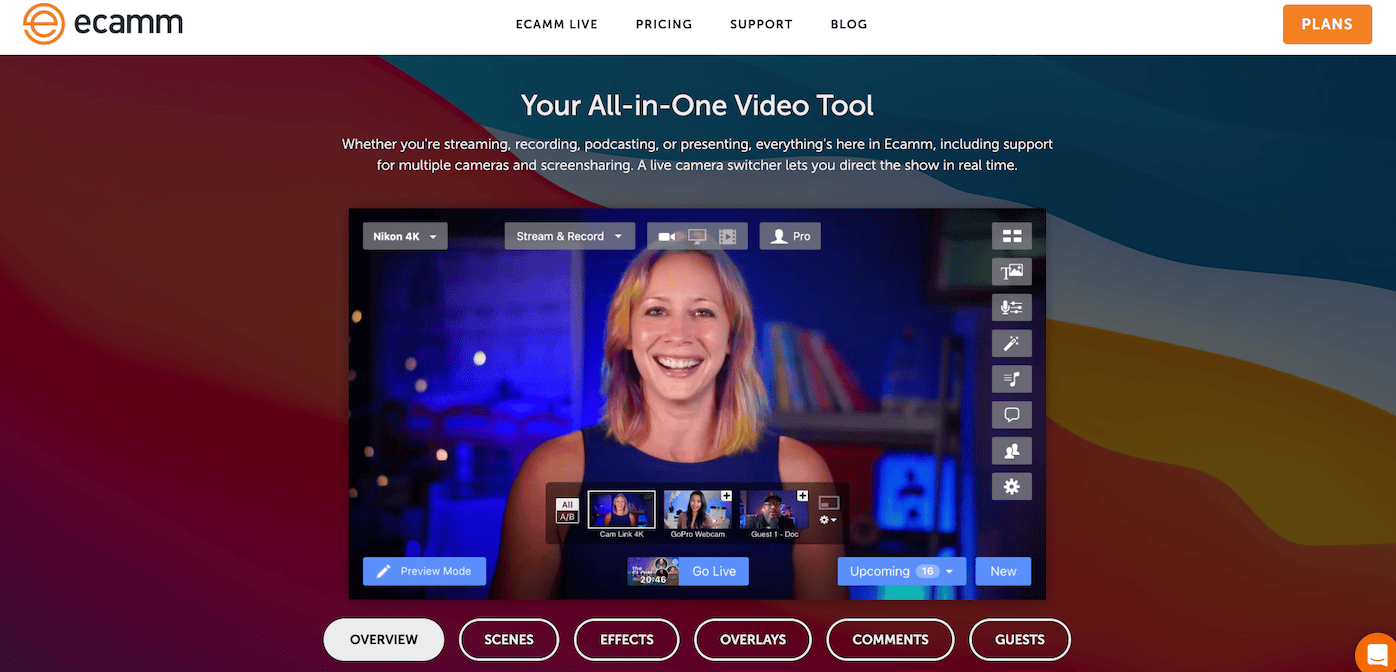
Instead of complicated screen recording software, use professional livestream tools like Ecamm Live in “record only” mode.
Set up your overlays, slides, and talking head layout once, then simply hit record whenever you’re ready. No need to reconfigure for each lesson.
When paired with a Cam Link device, you can connect your DSLR or mirrorless camera directly to your computer for crisp, professional video that’s immediately usable.
No lengthy conversions. No clunky interfaces. No technical headaches. Just clean, high-quality footage ready to use.
Edit strategically, not obsessively
Don’t try to edit out every pause, “um,” or natural speech pattern. Focus only on cutting obvious mistakes and improving transitions.
Those human elements actually build trust and connection with your audience.
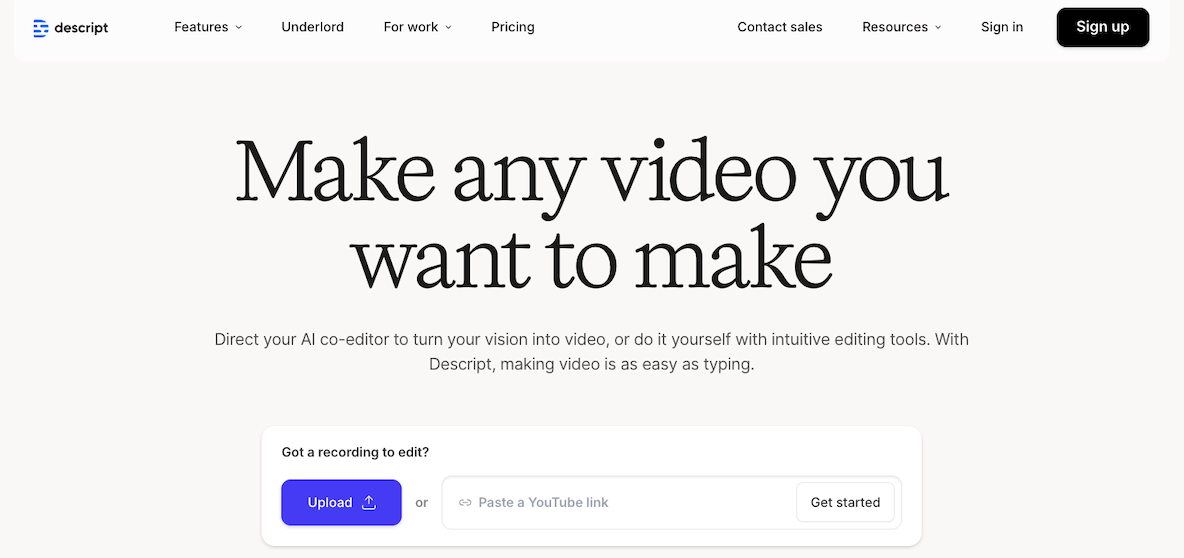
Tools like Descript or ScreenFlow make quick, strategic cuts without complicated timeline editing.
They help you improve content flow rather than chase technical perfection.
Create reusable templates for consistency
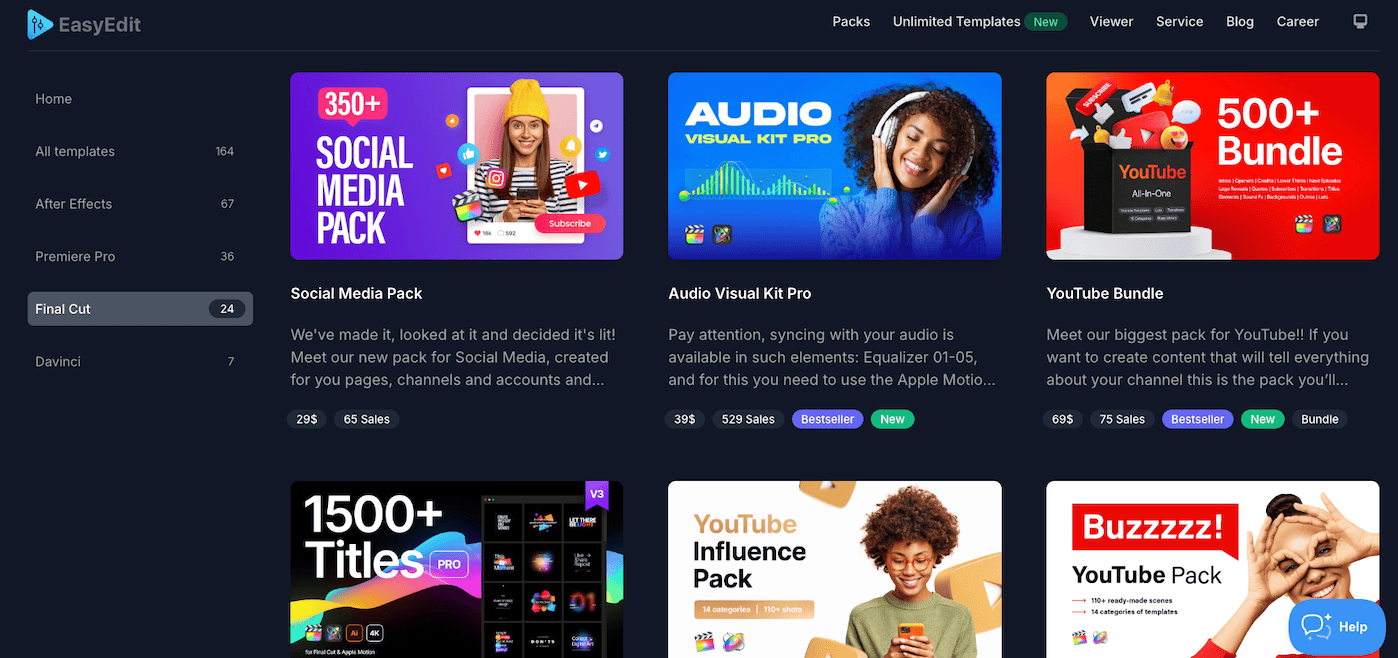
Create standard templates for recurring elements in your course:
- For lesson intros, use the same phrasing and slide format every time
- For calls-to-action, build a reusable outro block
- Script your lessons using a proven format: hook → core content → action step
This approach saves significant time (no reinventing the wheel) and makes your course feel professionally consistent.
Repurpose your content strategically
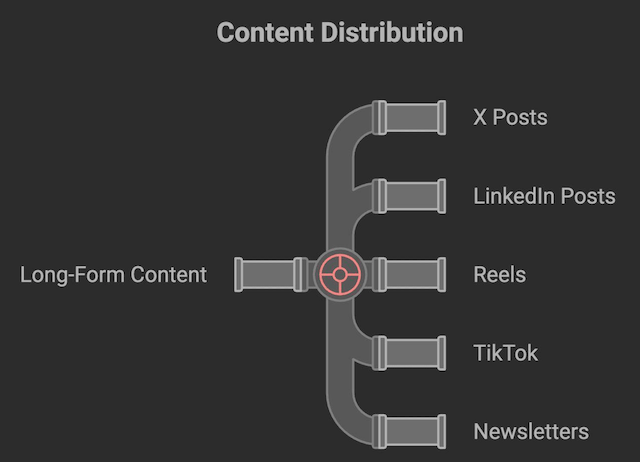
Adopt a “record once, reuse forever” mindset.
Your course videos can easily become:
- Social media reels
- Webinar teasers
- Blog content that drives traffic
This builds an entire content ecosystem without creating everything from scratch.
Here’s a practical guide on how to repurpose YouTube videos into blog posts if you want a comprehensive content strategy around your course.
Final thoughts
Creating your first course can feel like standing at the base of an enormous mountain.
But you don’t have to reach the summit all at once.
Start small and manageable. Build what feels achievable right now. Then improve as you learn what your students actually need.
Don’t wait for perfection. Those feelings might never come, and waiting means your course will never help anyone.
The most important lessons come from getting your course in front of real people. Your first version is allowed to be rough around the edges.
What matters most is taking that first step. Everything else can be figured out as you grow.
Trust yourself and start building.







